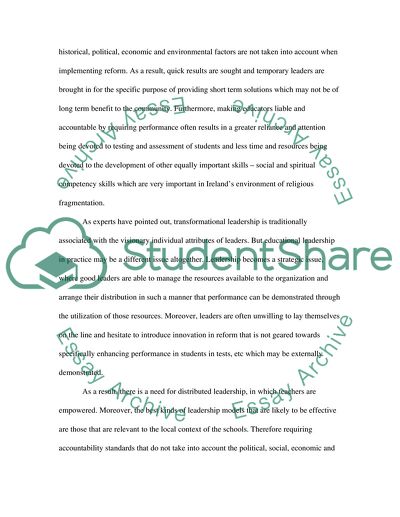Cite this document
(“Management of Change in Education Case Study Example | Topics and Well Written Essays - 5000 words”, n.d.)
Management of Change in Education Case Study Example | Topics and Well Written Essays - 5000 words. Retrieved from https://studentshare.org/education/1707248-management-of-change-in-education
Management of Change in Education Case Study Example | Topics and Well Written Essays - 5000 words. Retrieved from https://studentshare.org/education/1707248-management-of-change-in-education
(Management of Change in Education Case Study Example | Topics and Well Written Essays - 5000 Words)
Management of Change in Education Case Study Example | Topics and Well Written Essays - 5000 Words. https://studentshare.org/education/1707248-management-of-change-in-education.
Management of Change in Education Case Study Example | Topics and Well Written Essays - 5000 Words. https://studentshare.org/education/1707248-management-of-change-in-education.
“Management of Change in Education Case Study Example | Topics and Well Written Essays - 5000 Words”, n.d. https://studentshare.org/education/1707248-management-of-change-in-education.


